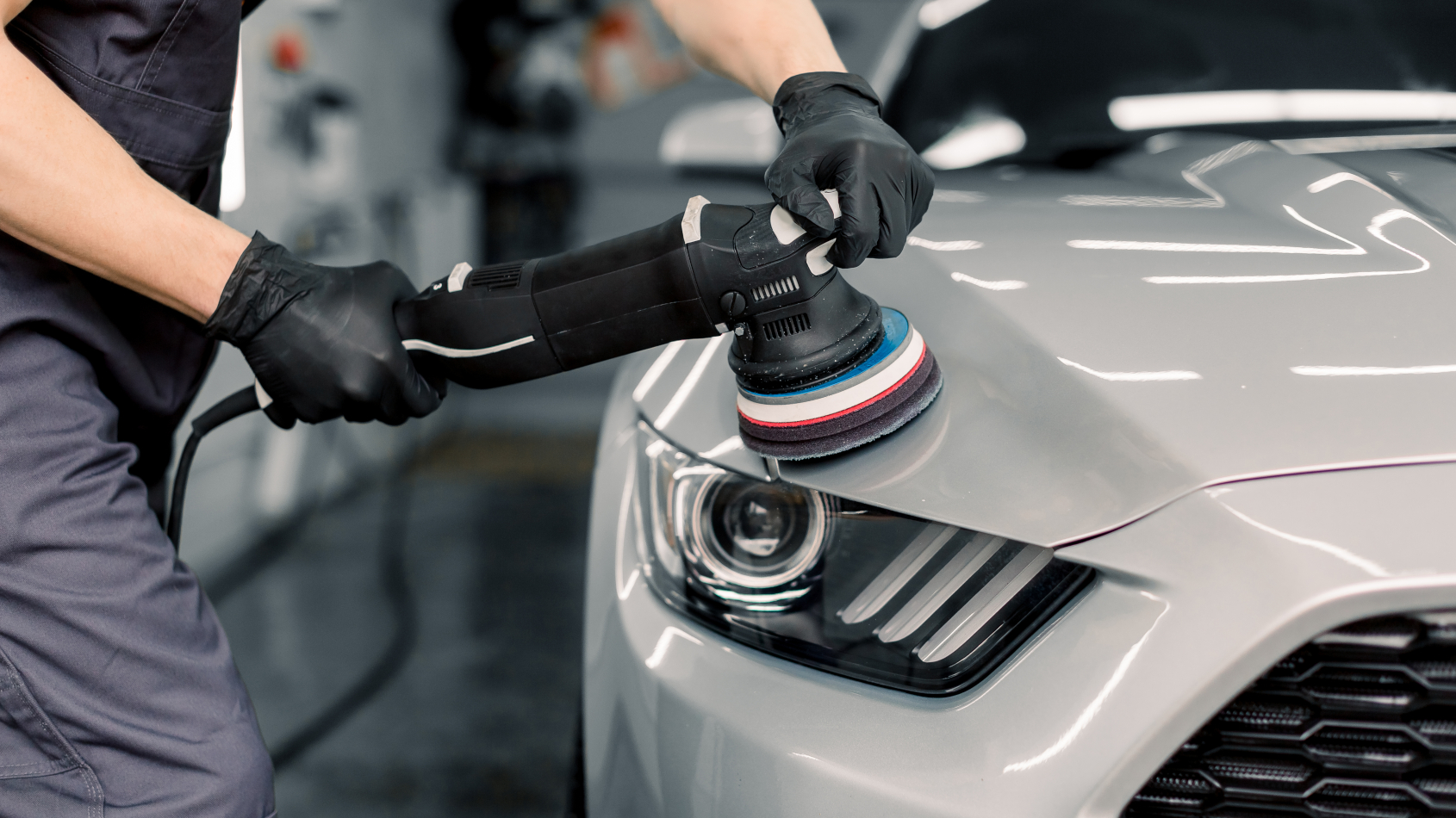COMMENTARY: The silent profit leak in your dealership’s workflow

By subscribing, you agree to receive communications from Auto Remarketing and our partners in accordance with our Privacy Policy. We may share your information with select partners and sponsors who may contact you about their products and services. You may unsubscribe at any time.
Most dealers are focused on used-vehicle trades, digital retailing, and AI. But reconditioning (what happens in between acquisition and front line) is where significant profit still slips through the cracks.
It’s common to see dealerships relying on spreadsheets, phone calls, and loose estimates to manage this process. But that outdated approach slows the process, misprices appraisals on trades, and adds cost. Improving this function doesn’t require reinvention. It just requires focus and better tools.
Why reconditioning deserves more attention
Most teams apply a flat reconditioning cost, often $1,500, to every trade. But not all units require the same work. Some cars might only need $750. Others, over $3,000. That mismatch leads to inaccurate appraisals, wasted time, and potential margin loss.
Looking at the extensive data can help bring precision to the process. Better estimates at the start result in faster turnaround and stronger profit.
Where most dealerships are still stuck
Despite all the tech now available, roughly half the industry still tracks reconditioning on whiteboards and spreadsheets. That slows everything down. Idle time between steps gets lost. Bottlenecks stay hidden.
You don’t need to toss out your entire process. But if you want to improve it, you have to make it visible. Start with a simple system that reflects what you already do. Then use it to surface the problems and remove friction over time.
Subscribe to Auto Remarketing to stay informed and stay ahead.
By subscribing, you agree to receive communications from Auto Remarketing and our partners in accordance with our Privacy Policy. We may share your information with select partners and sponsors who may contact you about their products and services. You may unsubscribe at any time.
The real roadblock isn’t software
The main barrier to better reconditioning isn’t a lack of tools. It’s a lack of alignment.
Fixed ops and used-car managers often work in silos. Third-party vendors (who now do 20% to 80% of the work) are usually managed by the used-car team, not fixed ops. That leads to dropped handoffs, delayed communication, and a lack of oversight.
We begin every implementation with alignment meetings, bringing general managers, fixed ops directors, and used-car leads into the same conversation. When everyone is on the same page, improvement sticks.
Shared data is the only way forward
Too many dealerships still operate on disconnected systems. DMS, Inventory Management, and CRM data are inconsistent, siloed, and rarely clean. That leads to marketing mistakes, poor trade estimates, and wasted shop time.
In every other retail category, companies have built Customer Data Platforms (CDPs) to centralize and activate their data. Automotive is trying to catch up, fast.
Vendor management is still major gap
Managing vendors is often chaotic. Paintless dent repair, detailers, and wheel services come in sporadically. There’s no clear system to track jobs or manage supplements. Invoices lag. Bookkeeping falls behind.
A missed step in most appraisal processes
One overlooked opportunity is capturing diagnostic data during trade-in. Most dealers inspect tires, paint, and glass, but not mechanical systems. That creates surprises and missed profit.
Dealers now have the ability to pull diagnostic codes and pipe them directly into platforms that give you repair estimates, including parts and labor, upfront. It also gives your parts and service teams a head start. The faster they move, the sooner the car is frontline ready.
Final thought
If you’re in this business, you already know how much it demands. But the payoff is worth it. Reconditioning doesn’t have to be a bottleneck. It can be a profit center. You just need the right approach and the right systems to support it.
Eric Meahan is the SVP of product management at Repair OnDemand.


